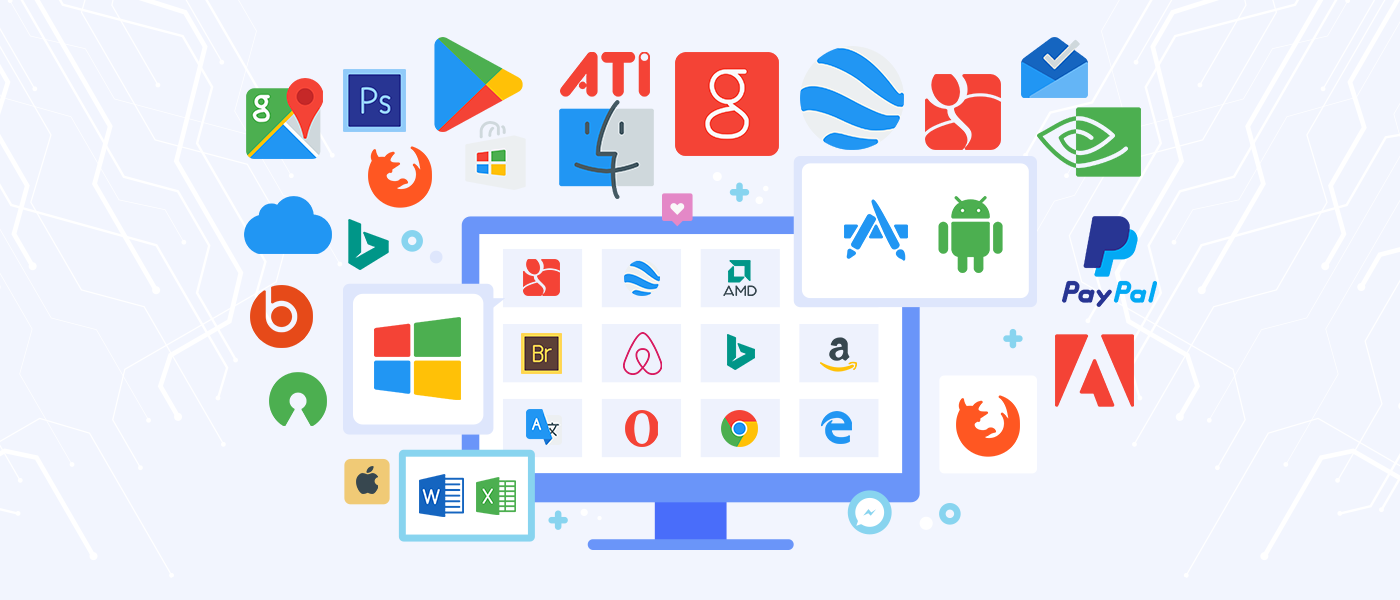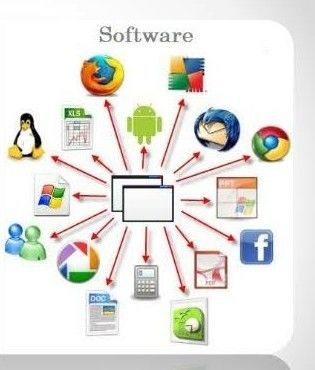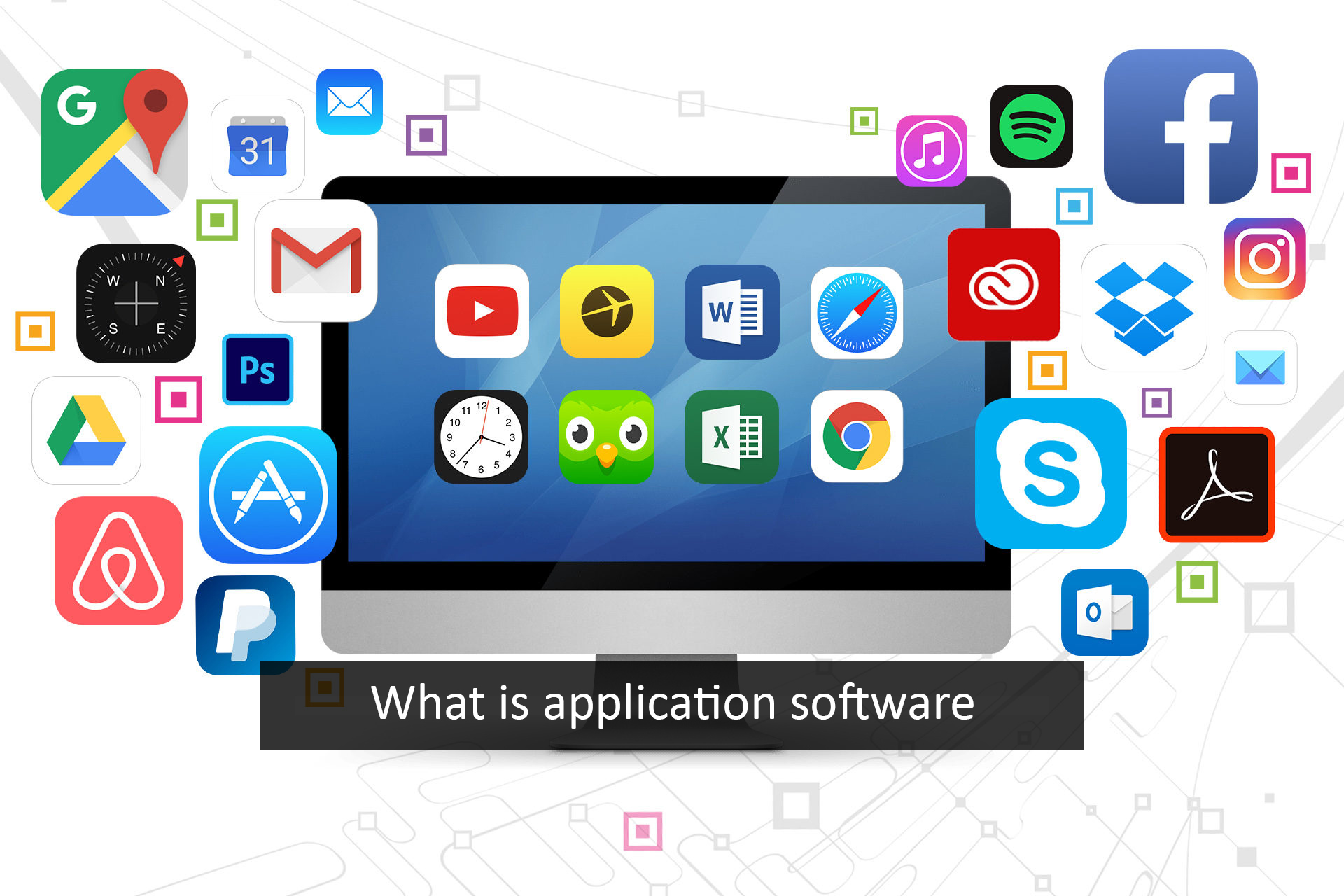Understanding Software: The Backbone Of Modern Technology
Introduction
In today's digital age, software plays a crucial role in powering devices, applications, and digital solutions. It is the intangible counterpart to hardware, which refers to the physical components of a computer system. Software comprises a set of instructions, data, or programs used to operate computers and execute specific tasks. In this article, we will explore what software is, its types, and how it interacts with hardware to make our devices function smoothly.What is Software?
At its core, software is a set of instructions known as "computer code" that allows us to interact with hardware devices. Unlike hardware, which consists of tangible components such as the CPU, memory, and storage devices, software is intangible. It encompasses everything that cannot be physically touched on a computer, including programs, operating systems, and applications. Software can be divided into two main categories:1. System Software
System software refers to the programs that manage the computer's hardware and provide a platform for running application software. This category includes:- Operating systems (e.g., Windows, macOS, Linux)
- Device drivers
- Utilities (e.g., disk cleanup, antivirus software)
2. Application Software
Application software consists of programs designed to perform specific tasks for users. Examples include:- Word processors (e.g., Microsoft Word)
- Web browsers (e.g., Google Chrome, Firefox)
- Graphics editors (e.g., Adobe Photoshop)
- Spreadsheets (e.g., Microsoft Excel)
How Software Works
Software written in a programming language is run through a compiler or interpreter to execute on the architecture's hardware. Essentially, software provides instructions that tell the computer's physical components how to perform tasks. Over time, software has become increasingly complex due to advancements in technology and user demands.Types of Software
There are many kinds of software, each serving a unique purpose. Below are some common types:- Operating Systems: Control and manage hardware and software resources (e.g., Windows, macOS, Android).
- Applications: Perform specific tasks for users (e.g., Microsoft Office, Adobe Creative Suite).
- Malware: Harmful software designed to disrupt or damage systems (e.g., viruses, ransomware).
- Management Software: Helps businesses manage resources, such as customer relationship management (CRM) systems.
- A.I. Software: Enables machines to learn and make decisions autonomously.
The Evolution of Software
The term "software" was coined to differentiate these instructions from hardware, which describes the physical aspects of a computer. Over the years, software development has evolved significantly. In the past, creating software was a lengthy process that could take weeks to plan, months to build, and quarters to launch. Today, however, ideas can become prototypes in hours and reach users much faster.Modern Software Development Tools
Thanks to advancements in technology, software development has become more accessible than ever. AI software development tools allow individuals with little to no programming knowledge to create working applications quickly. These tools streamline the development process, enabling faster innovation and deployment.Software in Everyday Life
Software powers the devices we use daily, from smartphones and laptops to smart home appliances and wearable technology. It enables us to communicate, work, learn, and entertain ourselves in ways that were unimaginable just a few decades ago. Here are some examples of how software enhances our lives:1. Productivity
Software like Microsoft Office, Google Workspace, and project management tools (e.g., Trello, Asana) helps individuals and teams stay organized and productive.2. Entertainment
Streaming platforms (e.g., Netflix, Spotify) and gaming software provide endless entertainment options for users worldwide.3. Education
E-learning platforms and educational software make it possible for people to access quality education from anywhere in the world.4. Security
Antivirus and cybersecurity software protect our devices and personal information from malicious attacks.Conclusion
In summary, software is the backbone of modern technology, providing the instructions that tell computers how to operate. It is divided into two main categories—system software and application software—and plays a vital role in powering the devices and applications we use daily. Over time, software has become more complex and sophisticated, thanks to advancements in technology and the evolution of software development tools. As we continue to rely on software in our personal and professional lives, understanding its role and functionality is essential for navigating the digital world effectively.
Software 101: A Complete Guide to Different Types of Software - Goodcore

historia, clasificación y desarrollo del software de computadora | Note

What is application software with example – IT Release